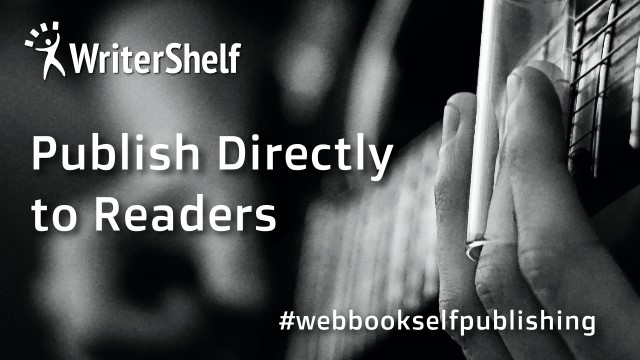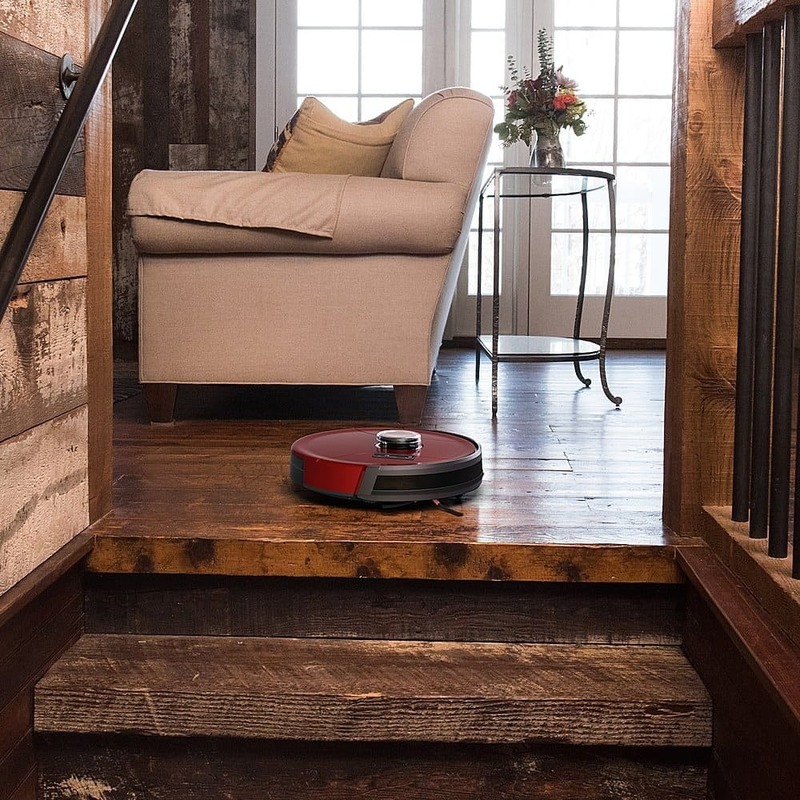Different kinds of Flow Control Valves used for Industries
336
0
·
2021/02/04
·
3 mins read
☕
WriterShelf™ is a unique multiple pen name blogging and forum platform. Protect relationships and your privacy. Take your writing in new directions. ** Join WriterShelf**
WriterShelf™ is an open writing platform. The views, information and opinions in this article are those of the author.
Article info
Categories:
⟩
⟩
Tags:
Total: 526 words
Like
or Dislike
More from this author
More to explore












There are many types of valves used in industries. Some valves are simple, but some have a complicated mechanism that can adjust the flow according to changing environmental conditions. Irrespective of their structure and working, their main task is to maintain the proper flow of the liquid or gas.
Flow control valves fall under the category of hydraulic valve components. The main purpose of the flow control valve is to adjust the rate of flow of fluid in any flowing system. There are various techniques to achieve this purpose that depends upon the type of flow valve manufactured by a company.
There are five main types of valves used in the industries, which are:
Let us try to understand the use and working of these valves:
Gate Valves
Gate valves are most commonly used for ON and OFF purposes. These are made in such a way that when the user rotates the valve in the anticlockwise direction, the valve opens the flow, and the fluid starts flowing. While, when the user rotates the valve in the clockwise direction, the valve gets closed, and the flow of the fluid stops. These are designed such that the user has to rotate the valve multiple times to make the valve closed or open. In the market, there are two kinds of gate valves available: parallel and wedge-shaped.
Needle Valves
These are used to control the fluid flow in volumes and prevent the fluid flow in thin lines. The advantage of needle valves over global valves is that they are much more precise than global valves. These can be calibrated more accurately than other valves. They are able to provide positive shutoff so that other instruments and valves could be installed or removed safely.
Diaphragm Valves
Diaphragm valves contain a flexible disc that is in contact with a seat on the top of the valve body. The opening and closure of this flow control valve depends upon the pressure. These kinds of valves are perfect for corrosive and filthy substances. However, their disadvantage is that they can not be used under a specific temperature range. The other thing is the components of the valve should be resistant to corrosion.
Pinch Valves
If you are looking for a cost-effective valve, then Pinch Valves are the best. These work best for dirty water and water containing suspended particles. It uses air or hydraulic pressure to control the flow of the fluid.
Globe Valves
It uses linear motion to control the flow of the fluid. The closure of the fluid is achieved by a plug placed at the center. When the user opens the valve, the plug gets raised, and the fluid starts to flow. However, this kind of valve produces a slightly high-pressure drop than other valves. They are best suitable when the pressure drop is not a controlling factor for the fluid flow.
Conclusion
Thus we see, flow control valves are useful and necessary components for different kinds of industries. You have to look for your requirement and need to choose the best kind of flow control valve for your company.